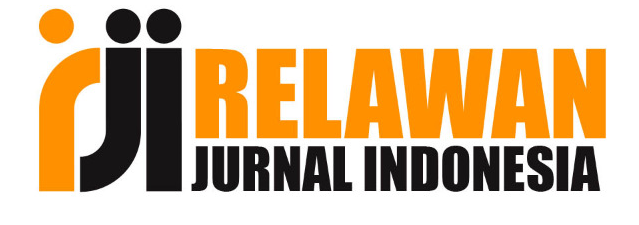PEMANFAATAN BATOK KELAPA SEBAGAI MEDIA PEMBUATAN BIO-INSTRUMEN MUSIK
DOI:
https://doi.org/10.36982/jsdb.v5i2.1855Abstract
Bio-musical instruments can be defined as musical instruments made from plant wastes in the surrounding
environment. One of the plant waste that is easily found in the community is coconut shell. Coconut shells are
often overlooked for their use as a creative medium, especially in the field of music. Musical instruments are the
main media for creativity in the art of music. The rise of musical instruments or musical instruments with high
prices has become one of the inhibiting factors for young people to be creative in the field of music. Seeing this
phenomenon, it is deemed necessary to develop people's creativity in making their own musical instruments at
economical prices but still able to compete with manufactured musical instruments. In making this bio-
instrument, the method used consists of problem identification, preparation, application, and evaluation.
Through this method, the results obtained in the use of coconut shell waste into creative media are the Kalimba
instrument played by plucking the iron keys as the source of the tone, while the coconut shell is used as the main
medium for the sound resonance of the Kalimba instrument. Kalimba is classified into a type of lamellophone
instrument, which is a musical instrument that has a tongue or a thin plate. In addition to the easy-to-use
manufacturing process, the tools and materials in making these instruments are also easy to find and can even
take advantage of used materials. The results of making bio-musical instruments are expected to become a
reference and reference for academics and non-academics, regarding how to make musical bio-instruments
using coconut shell waste.
Keywords : Bio-Music Intrument, Coconut Shells, Kalimba
References
Boegl, Reynhard dan Schipp, Bettina. 2020. Kalimba Chords - The Kalimba as an Accompanying Instrument: Kalimba Songbooks, #8.
https://id.scribd.com/book/474309819/Kalimba-Chords-the-Kalimba-as-an-Accompanying-Instrument-Kalimba-Songbooks-8. 17 Oktober 2020 (22:35).
Depdiknas. 2003. Kamus Besar Bahasa Indonesia. Balai Pustaka. Jakarta
Hartaya, Stepanus Kari. 2020. Organologi Alat Musik Diatonis. Deepublish. Yogyakarta.
Mahganna, Sahabuddin. 2020. OLIOREANG : Entitas Ritmis dan Melodi Mandar. Gerbang Visual. Sulawesi Barat
Susetyo, Bagus. 2018. Penambahan Limbah Bekas Untuk Peningkatan Kreativitas dan Inovasi Peralatan Musik pada Mata Kuliah Ansambel Musik di Prodi Pendidikan Seni Musik Jurusan Sendratasik Fakultas Bahasa dan Seni Universitas Negeri Semarang. Jurnal Seni Musik Vol.7 No.2. Unnes. Semarang
Tobing, Jackry Octora. 2014. Kajian Organologis Alat Musik Gambus Buatan Bapak Syahrial Felani. Skripsi. Universitas Sumatera Utara.
Medan.
Downloads
Published
Issue
Section
License
This work is licensed under a Creative Commons Attribution-NonCommercial-ShareAlike 4.0 International License.













